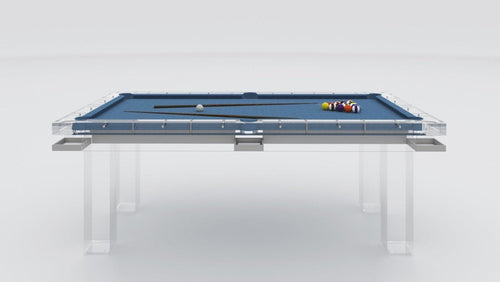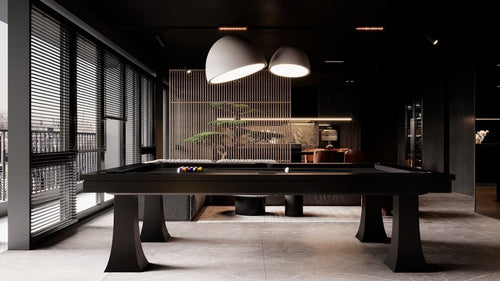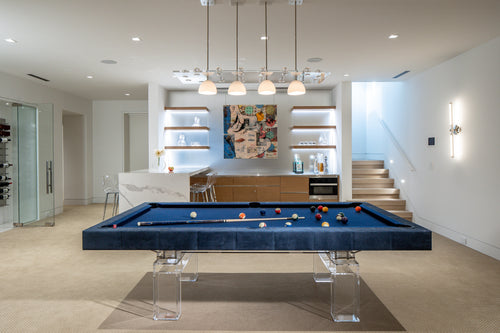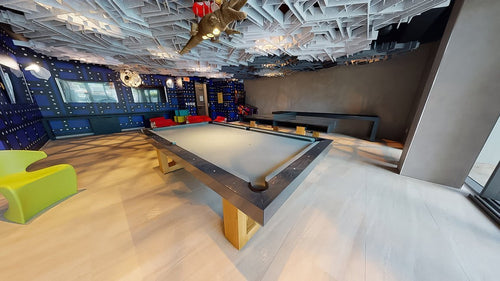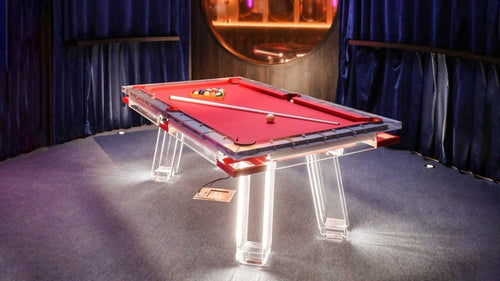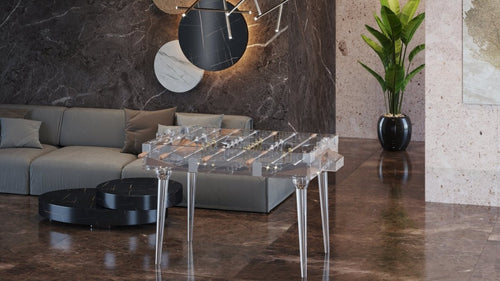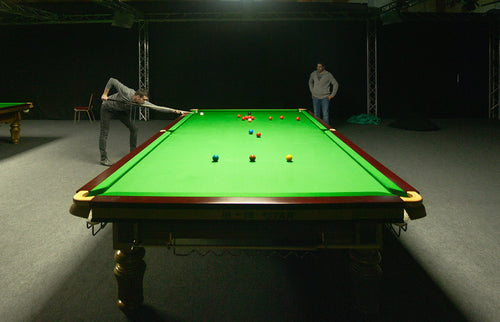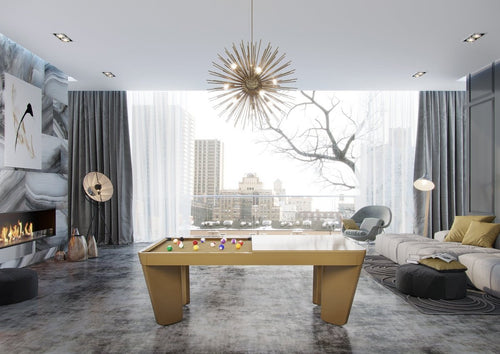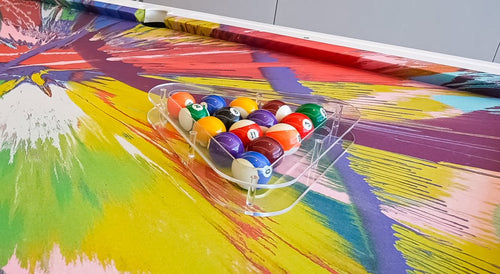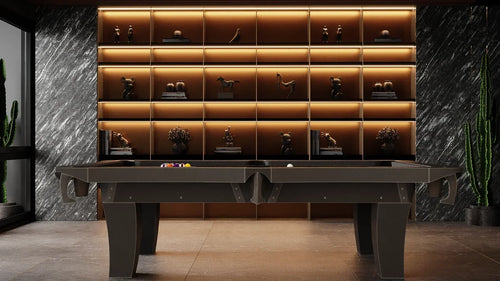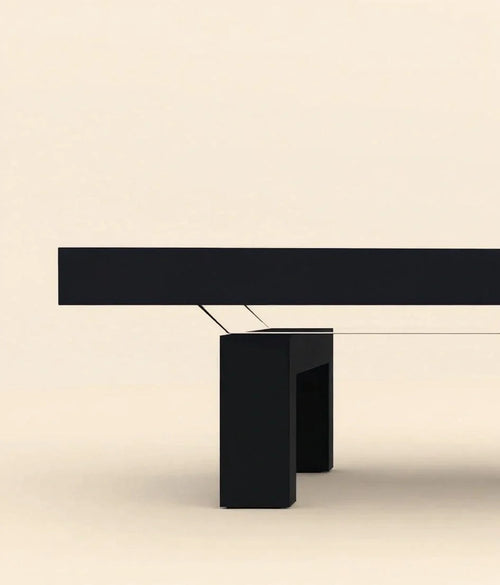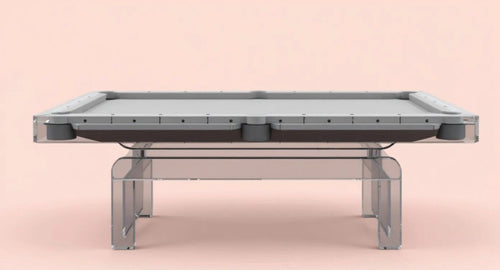Enjoy our modern designs
Estimated Read Time: 7 mins |
Interior designers aren’t confined to one type of office—or even one type of role. From retail floors to corporate boardrooms, architectural studios to factory showrooms, the field of interior design is broad, layered, and full of specialized niches. Where a designer works often depends on their expertise, goals, and the kind of impact they want to make through their work.
Independent Studios and Design Firms
Many designers start out solo, running lean, one-person studios. Others work in small or mid-sized teams that handle a variety of residential and commercial projects. These firms operate independently of product manufacturers, giving them flexibility in sourcing and design approach. Some may maintain a compact showroom, but most rely on digital tools and supplier relationships to source furniture, finishes, and decor. Compensation varies—some work on flat fees, others on commission from product sales, and some on hourly rates.
Retail Design Roles
Furniture Stores
Retail is where many designers cut their teeth. Residential furniture stores often hire entry-level designers as assistants to seasoned professionals. More experienced designers are often client-facing, offering design services in-store or making house visits. Services are usually “free” and baked into the cost of furniture, with designers earning commission on what they sell.
Office Furnishing Dealers
These showrooms cater to commercial clients—offices, startups, and institutions—and often have in-house designers handling layouts and finishes. Salespeople focus on product procurement, while the designers prepare specifications and plans. Unlike furniture stores, the design work here is typically billed like any other professional service.
Department Stores
Some large retailers offer walk-in design services, usually limited to helping clients furnish rooms using in-store inventory. Some departments handle light commercial work. Again, services are often “complimentary,” and designers earn commission based on sales.
Working Inside Architecture Firms
Designers in architectural offices work shoulder to shoulder with architects, engineers, and drafters. They’re typically part of the space planning and construction documentation process—less about pillows and wallpaper, more about electrical layouts, fire codes, and specifying materials down to the last fixture. These roles lean technical, with a big focus on collaboration, construction knowledge, and documentation accuracy. Most are salaried positions.
Developers and Construction Companies
Interior designers in real estate and construction firms often act as selection specialists—helping clients choose finishes for new homes—or manage model home staging. Some work as project managers, others as marketing specialists creating spaces that sell the “lifestyle.” In these roles, designers may also influence floor plans and customer upgrades, earning commissions or salaries depending on their function.
Manufacturers and Showrooms
Some designers find their calling working behind the scenes—assisting other designers with specifying products from a particular brand or collection. These roles often involve showroom consultations, travel, and representing products at trade shows. Others may work in-house at factories, helping plan new collections or assisting with product design and usability.
Corporate In-House Designers
Larger companies—especially in sectors like hospitality, healthcare, and retail—employ in-house designers to manage facilities. These roles involve everything from office renovations to overseeing new construction across different locations. Expect travel, oversight responsibilities, and a constant balancing act between brand consistency and functionality.
Organizations, Nonprofits, and Trade Groups
Professional associations, green building councils, and standards organizations hire designers to work in administrative, planning, or education roles. Some assist in writing design standards, leading outreach programs, or coordinating training for other professionals.
How Interior Designers Work: More Than Meets the Eye
The way designers work is just as varied as where they work.
- Some are end-to-end project managers—handling everything from client meetings and concept development to furniture installs and final walkthroughs.
- Others prefer to specialize: creating technical drawings, sourcing materials, or focusing entirely on lighting or sustainability.
- There’s also a rise in freelance consultants who support firms on an as-needed basis, bringing niche expertise like 3D rendering, BIM drafting, or ADA compliance.
- Designers with managerial instincts may transition into project management or creative director roles, leading teams and overseeing multiple builds.
- Others pivot into product design, licensing their own furniture or lighting lines.
- And some move into education, museum work, or editorial, writing about design, restoring historic sites, or teaching at universities.
Specializing Within the Profession
Designers tend to fall into one of two camps: residential or commercial. But the boundary is blurry, especially with more people working from home and public spaces borrowing from domestic design.
Residential Designers
They work on private homes, condos, apartments, and vacation rentals—often with a strong focus on lifestyle and personal taste. Specialties include kitchen & bath design, senior living, and luxury staging.
Commercial Designers
They handle public or semi-public spaces: offices, hotels, restaurants, healthcare facilities, schools, etc. These projects often require a deeper understanding of compliance, technical specs, and stakeholder coordination.
Clients increasingly seek specialists over generalists. If you're designing a medical clinic, they want someone who knows infection control standards. If it’s a boutique hotel, they want someone with hospitality experience. Becoming a specialist often means diving deep—more study, more hands-on work, more exposure to real-world constraints.
A Professional Practice That Goes Beyond Design
Regardless of role or setting, interior designers today need more than a good eye.
- They need business skills—project management, marketing, pricing, billing.
- They must be ready for collaboration—with engineers, architects, contractors, and clients.
- They take on legal responsibilities—writing contracts, understanding liability, respecting building codes.
- And they’re part of a global design economy, with access to international suppliers and clients across borders.
Professional success now demands agility: staying current with codes, software, and materials; managing client expectations; and balancing creativity with deadlines and budgets.
In short:
Designers work wherever space needs shaping—whether it’s a single room or a multi-floor hospital. What unites them isn’t the setting, but the drive to turn environments into something smarter, more functional, and more human.




